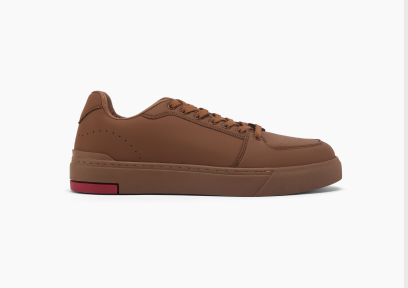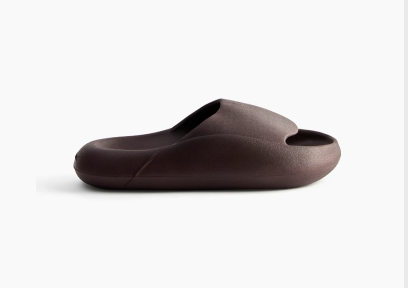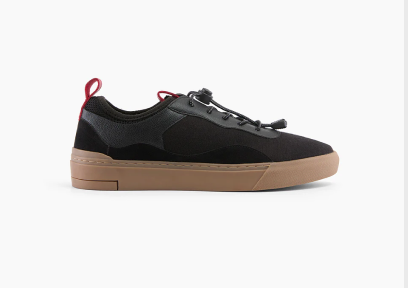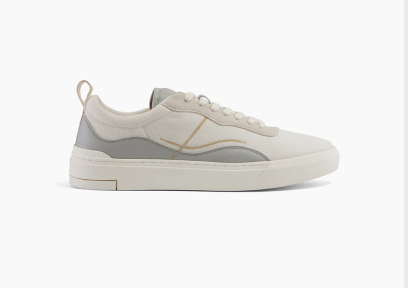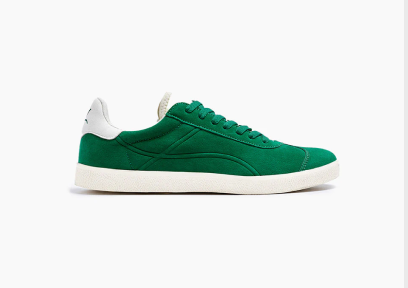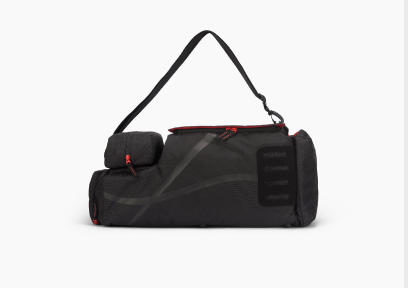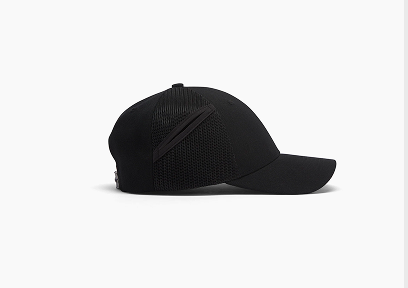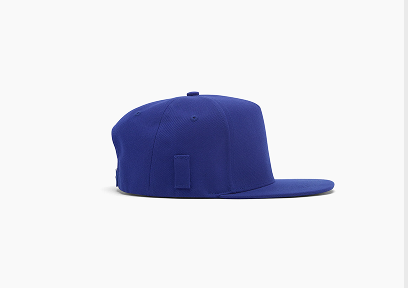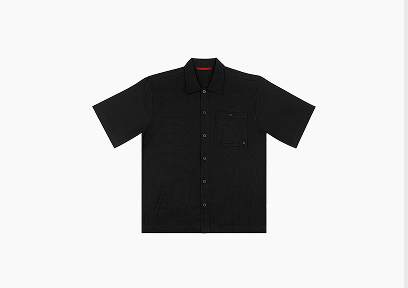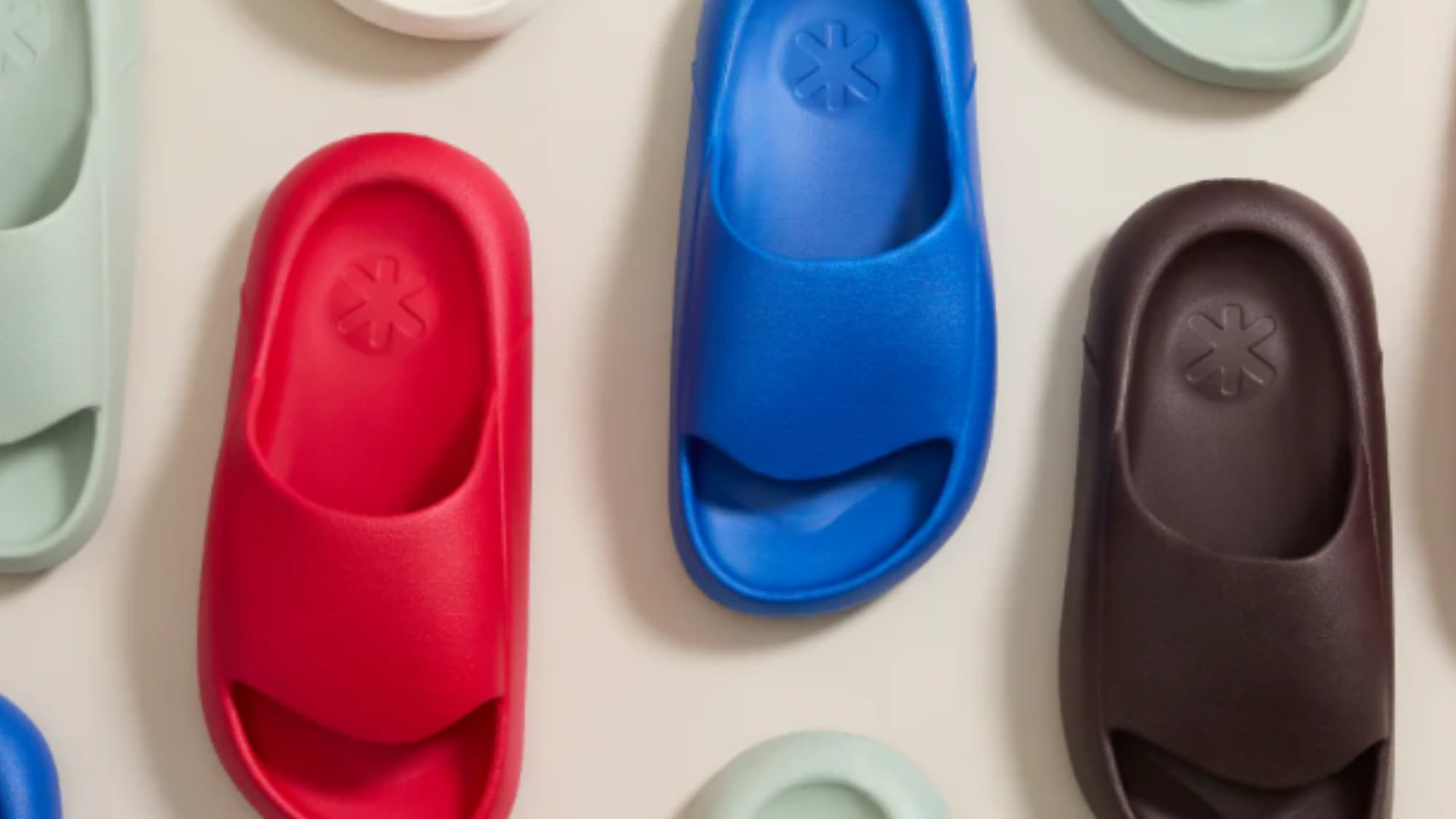How to Prevent Shoe Bites: Tips and Tricks [2025]
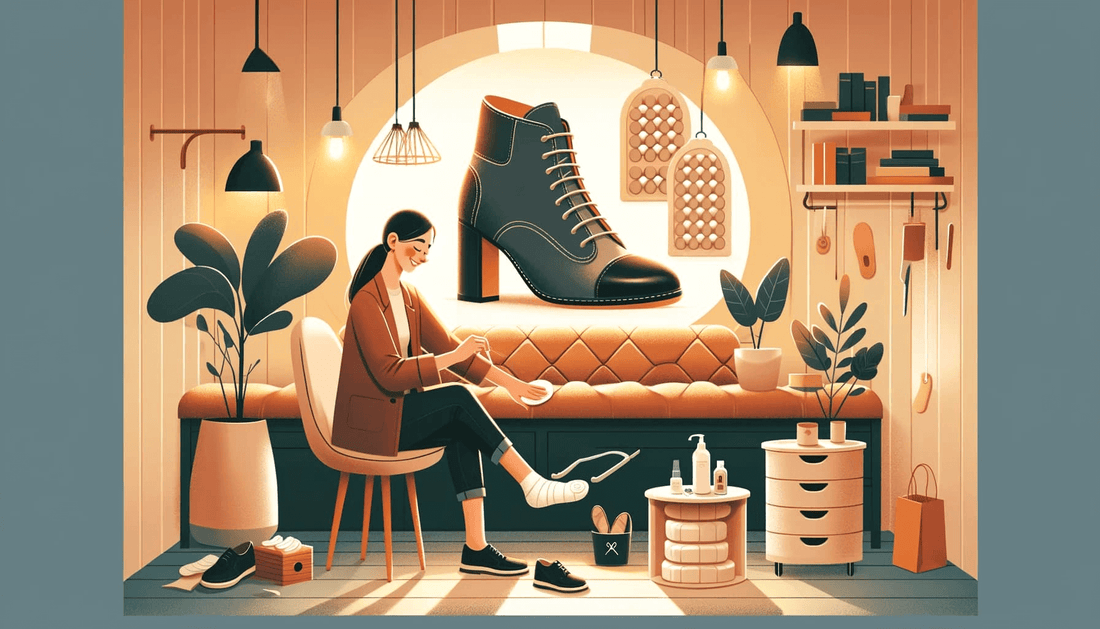
There is nothing more exciting than stepping into a brand-new pair of shoes, but that excitement can quickly fade when discomfort sets in. Shoe bites, a frequent issue, can turn even the most stylish footwear into a source of pain.
As the Indian footwear market continues to thrive, growing from $15.1 billion in 2022 to a projected $45 billion by 2031, consumers have more options than ever. With this expanding variety, learning how to prevent shoe bite has become increasingly important to ensure that your shoes bring both comfort and style.
In this guide, we’ll look into simple and effective tips to help you avoid shoe bite and enjoy your favorite footwear without discomfort. Whether you're adjusting a new pair or improving an old one, this article offers an expert shoe bite remedy. Let’s dive in!
Why Do Shoe Bites Happen?
Shoe bites happen when friction between your foot and shoe causes blisters or sores, usually from shoes that are too tight, too loose, or not broken in properly. While new shoes are common culprits, even old shoes that no longer fit well can cause discomfort.
Addressing fit issues early helps prevent pain and skin damage. Properly fitting shoes are key to avoiding this problem. Given below are the key reasons why shoe bites happen:
Improper Fit
A poor fit can quickly lead to shoe bites, whether the shoes are too tight or too loose. Tight shoes pinch and rub, causing painful blisters, while loose shoes allow excessive movement, increasing friction. Ensuring a snug yet comfortable fit is key to preventing pain and irritation.
Lack of Cushioning and Support
Insufficient cushioning and support can lead to shoe bites by causing increased friction. Without proper padding, sneakers can rub against your skin, causing blisters. Knowing how to prevent shoe bite means selecting shoes with enough cushioning to protect your feet.
Ludic's sneakers feature soft vegan suede, sculpted insoles for comfort, and durable rubber soles for a smooth, friction-free fit.
Hard or Rigid Material
Shoes made of hard or stiff materials can be a nightmare for your feet, causing painful rubbing and blisters. When the material doesn’t flex, it creates constant friction in all the wrong places. Go for softer, more flexible shoes to keep your feet happy and blister-free.
Wrong Shoe Shape
Wearing shoes that don’t match the natural shape of your feet can lead to painful shoe bites. A poor fit around the toes or heels creates pressure points, causing irritation and blisters. Always choose footwear designed to complement your foot’s unique contours.
How to Prevent Shoe Bite?
Blisters and shoe bites are common when wearing new sneakers, especially if the material is still stiff or they’ve been in storage. These issues happen as the shoe adjusts to your feet. Here are 8 effective shoe bite hacks to avoid the discomfort and enjoy your new footwear.
1. Choose the Right Size
Nobody wants their favorite shoes to cause pain. The simplest way to avoid blisters is by ensuring the right fit. A proper size is a foundation of how to prevent shoe bite, as sneakers that are too tight can pinch and rub, while loose ones lead to constant friction.
Measure your feet properly and try on shoes with the type of socks you plan to wear. A well-fitted pair keeps your steps confident and blister-free.
2. Use Coconut Oil
Coconut oil works wonders as a natural shoe bite protector. By applying it to the inside of new shoes, you can soften stiff material, minimizing friction that causes irritation.
Its antibacterial properties protect against infections, while its moisturizing effect keeps your skin hydrated and less prone to painful rubbing. This remedy not only prevents new shoe bites but also soothes and heals any existing ones, offering lasting relief.
3. Go for Anti-Blister Socks
Anti-blister socks are a must-have to avoid discomfort, especially with new shoes. They provide an extra layer of cushioning to reduce friction on sensitive spots like your heels and toes. Made from moisture-wicking materials, they help keep your feet dry and prevent irritation.
With these socks, you can smoothly wear your shoes for longer periods without worrying about blisters. They're a simple, effective way to keep your feet comfortable and blister-free.
4. Make Use of Brand-Aids
Dealing with the pain of a shoe bite? Brand-aids are your quick and easy solution. They create a protective barrier between your skin and the shoe, reducing friction and preventing further irritation.
If you're looking for how to prevent shoe bite, apply brand-aids to areas prone to rubbing, like your heels or toes. This simple step not only eases irritation but also helps your skin heal faster. Keep them handy for immediate relief and lasting ease.
5. Opt for Well-Padded Shoes
If you’re searching for how to prevent shoe bite, well-padded shoes are a game-changer. The extra cushioning inside these shoes minimizes friction, protecting your feet from painful blisters.
Padded designs also provide added support, ensuring comfort even during long hours of wear. Focus on shoes with soft insoles and cushioned linings for maximum protection. With the right pair, you can enjoy style and comfort without compromising your feet.
6. Keep Your Feet Moisturized
Dry and rough skin can lead to more friction, making shoe bites more likely, so keeping your feet moisturized is important. Regularly applying a rich foot cream helps to soften and hydrate your skin, reducing the chances of cracking and irritation.
Pay special attention to areas prone to friction, such as the heels and the sides of your feet. Moisturized feet are more resilient, making them less vulnerable to rubbing and blisters.
7. Invest in Quality Material
Opting for shoes made from high-grade materials is key to ensuring reliable shoe bite protection. Soft, natural materials like genuine leather mold to your feet more easily, reducing friction and preventing irritation.
Unlike synthetic or rigid materials, quality options offer superior airflow and adaptability, making them gentle on your skin. Investing in high-quality footwear ensures they last longer and reduces the chances of developing painful shoe bites.
8. Find a Lacing Method that Fits You
Changing up your lacing technique can really help when it comes to how to prevent shoe bite. If your shoes are rubbing in certain spots, try loosening or adjusting the laces to relieve pressure.
Skipping eyelets or using a different criss-cross pattern can help target those problem areas, like your heels. Experiment with a few styles until you find one that feels just right and keeps your feet comfy. A simple tweak to your laces can make a huge difference in avoiding painful foot irritation.
Say Goodbye to Shoe Bites with Ludic Sneakers
Tired of dealing with shoe bites? At Ludic, we’ve crafted our sneakers to help you find the answer to how to prevent shoe bite. Our sneakers feature a sock-like upper that provides a snug, comfortable fit, reducing friction and preventing blisters.
With no-tie laces, slipping them on and off is effortless, making them perfect for everyday wear. Made from eco-friendly vegan suede, Ludic Sneakers are both stylish and durable. The rubber soles offer great traction, while the cushioned insoles keep your feet comfortable all day.
Whether running errands or out for a casual day, our sneakers combine fashion and function, ensuring you step out without worrying about foot blisters.
Related - How to get rid of smelly shoes
Wrapping Up
When you’re looking for how to prevent shoe bite, the right footwear and proper care are key. By following simple tips, you can avoid the discomfort of shoe bites. Paying attention to details such as avoiding tight shoes or rough seams will help keep your feet happy and pain-free.
Ludic sneakers are the perfect choice for those seeking a solution to shoe bites. With their snug fit and cushioned soles, they provide all-day comfort and support. Experience unparalleled flair and protection with Ludic shoes today.
Related read-: How to prevent creases in shoes
Frequently Asked Questions
Can insoles help prevent shoe bites?
Yes, insoles can help prevent shoe bites by adding cushioning and creating a smoother surface inside the shoe. They can reduce friction and make shoes more comfortable to wear for long periods.
How do I know if my shoes are too tight and causing shoe bites?
If your sneakers feel tight, leave marks, or cause swelling, they may be too tight. Blisters or irritation are signs that the footwear is rubbing and causing shoe bites. It’s time to reconsider the fit.
What materials are best to avoid shoe bites?
To avoid shoe bites, opt for soft, flexible materials like leather or mesh that conform to your feet. Avoid stiff materials like plastic or synthetic leather, which can cause irritation and friction.
What to apply on new shoes to avoid shoe bite?
To prevent foot blisters on new shoes, apply blister prevention tape or padding to friction points. You can also use a shoe stretch spray to soften the material for added comfort. This helps reduce rubbing and irritation.
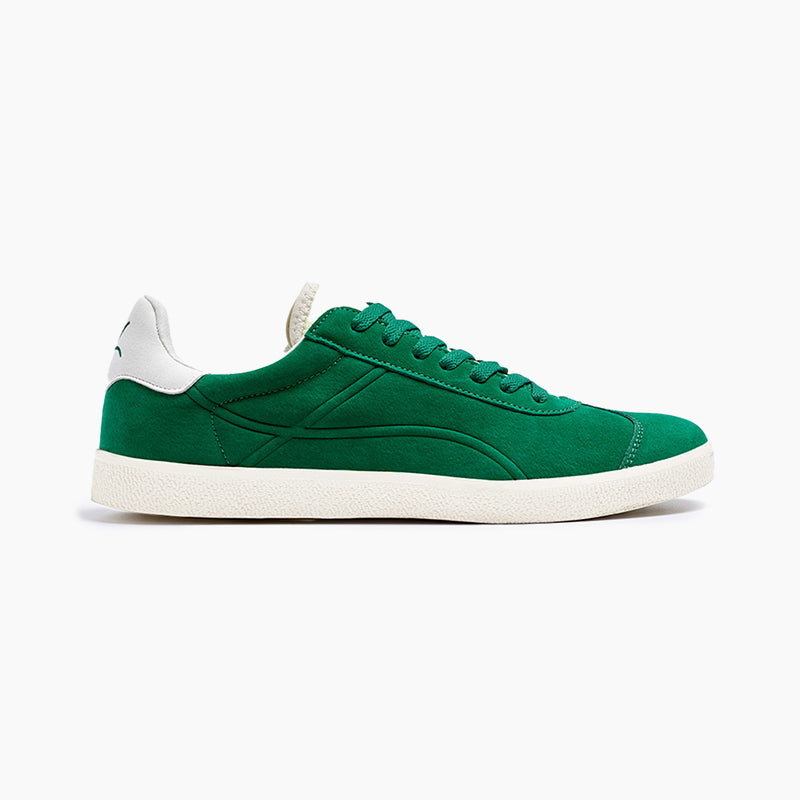


 The Sport Bag
The Sport Bag
 Circuit Shirt
Circuit Shirt
 Socks - Pack of 8
Socks - Pack of 8
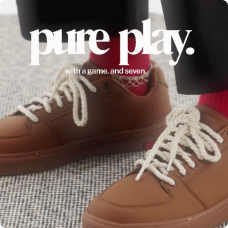 Nova Play
Nova Play





